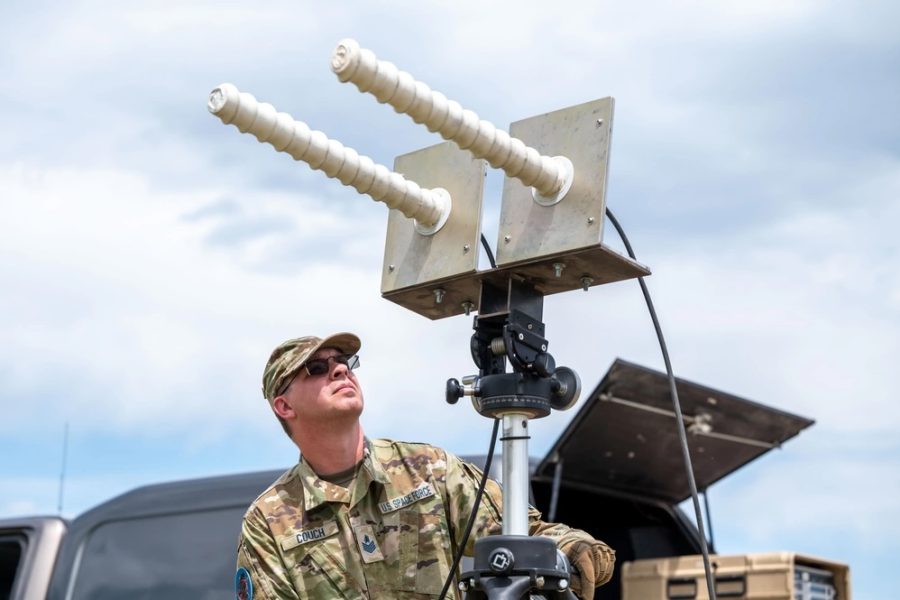
Air Force Unveils First Picks For New ‘Quick Start’ Funding Stream (Image Credit: airandspaceforces)
Air Force Secretary Frank Kendall revealed two high-priority programs to be funded with new authority circumventing the traditional lengthy budget process.
First up are resilient position, navigation, and timing capability and command, control and communications (C3) battle management for moving target indication, Kendall told the Senate Armed Services Committee April 16.
The new authority, granted in the 2024 National Defense Authorization Act, allows the Pentagon to spend up to $100 million to begin work on urgent capabilities outside of the Congressionally-passed budget. Though the law applies to all services, Kendall and his team conceived of the idea and pushed hard for its adoption.
“The DAF deeply appreciates the ‘Quick Start’ provision placed in the FY24 NDAA and will take full advantage of this opportunity to save precious time,” Kendall, Air Force Chief of Staff Gen. David W. Allvin, and Chief of Space Operations Gen. B. Chance Saltzman wrote in written testimony to the SASC.
Kendall, who formerly served as the Pentagon’s top weapons buyer, has expressed frustration that programs take years to begin, as they must first make it into the defense budget, which even under the best of circumstances does not start until the next fiscal year. The current budget passed six months late, forcing the government to operate under a continuing resolution as a stopgap measure.
“Thanks to the support from Congress, this initiative will leverage the success of rapid acquisition authority, marking a pivotal moment in advancing national security objectives with unprecedented speed and efficiency,” Kendall said in a press release. “Quick Start will kickstart efforts intended to develop solutions to emerging problems, ensuring rapid progress from concept to implementation.”
Kendall’s original proposal sought up to $300 million for urgent programs, but Congress ultimately approved up to $100 million. However, Kendall and other service officials have stressed that the authority is not about maximizing funding but rather about enabling relatively inexpensive early development work and evaluation, potentially saving significant time compared to waiting for an entire budget cycle. The programs unveiled as part of Quick Start will likely appear in the fiscal 2026 budget.
The secretary of defense must approve the programs after each service submits detailed proposals about the programs’ capabilities and why they need to move fast. The services then need to shift the programs from Quick Start to the regular acquisition process within a year.
Details of the new programs and initiatives are scarce. How much money was allocated to each new program was not specified, and Kendall described the capability in broad terms. But the secretary sees improving battle management as a necessity, appointing a C3BM czar, Brig. Gen. C.G. Luke Cropsey, to accelerate and streamline the branch’s efforts. Meanwhile, the rest of the military relies on precision, navigation and timing systems to conduct day-to-day operations, which could make them a tempting target for China or Russia in a conflict.
“We selected these projects because we recognized their potential to benefit the Joint Forces and the nation and we’re appreciative that the Secretary of Defense and Deputy Secretary of Defense expedited their review and approval—resulting in less than four months between enactment of the authority to execution of the first projects,” Kendall said in the release.








